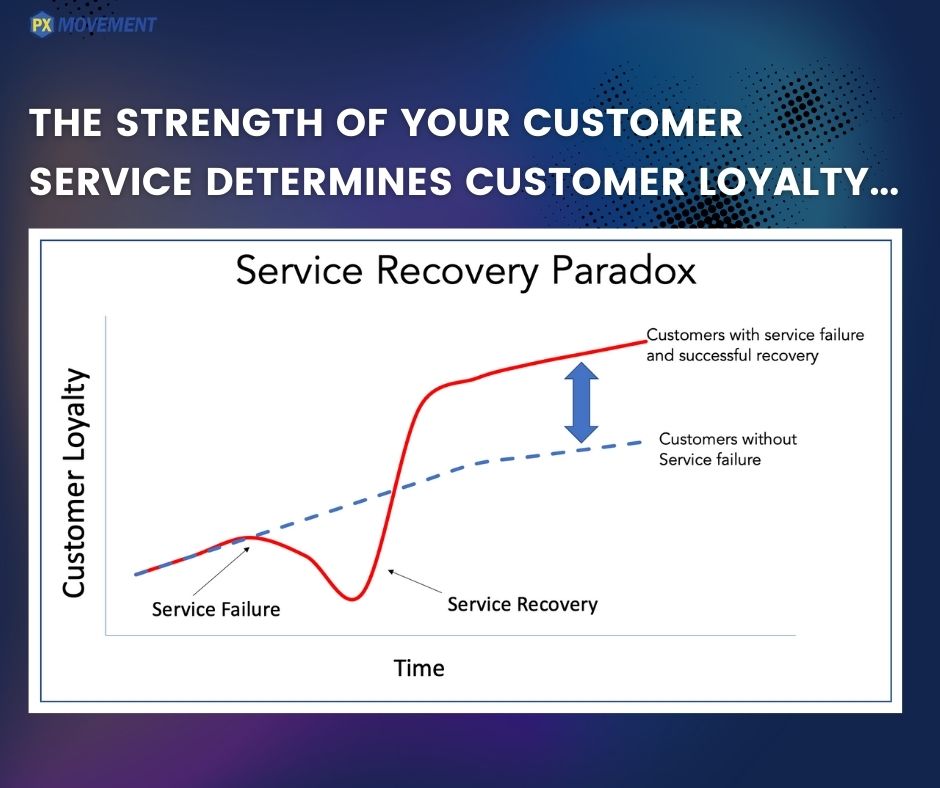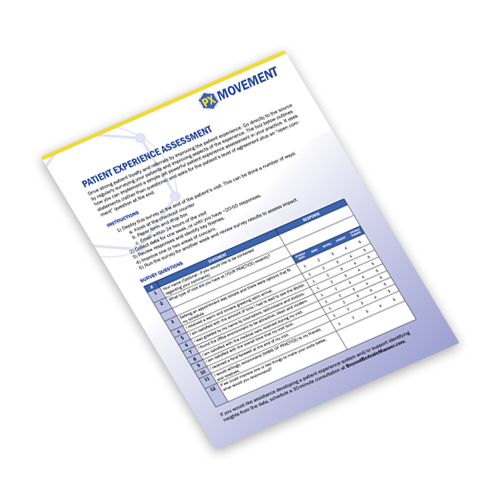Some people may think that medicine and the healthcare industry are world’s apart from customer service and the hospitality industry. That’s simply not the case.
There is much that medical practices can learn in terms of how to better interact with patients as part of the overall experience.
A recent article by Customer Service Crusader Steve DiGioia summarized ten different methods that companies use to help their employees internalize how to best help serve customers. Each one came in the form of an acronym, making it easy to remember.
Check out a condensed version of Digioia’s list below, then scroll down to see my take on what this boils down to for medical practices.
Top Ten Customer Service Acronyms
(That Apply to Medical Practices, Too!)
1. APPLE
Approach customers with a personalized warm welcome.
Probe politely to understand all the customer’s needs.
Present a solution for the customer to take home today.
Listen for and resolve any issues or concerns.
End with a fond farewell and an invitation to return.
2. BLAST
3. CARES
4. The LAURA Technique
5. SOLER
6. HEAT
7. GUEST
8. CARP
9. SERVE
10. LEAST

The first acronym comes from an Apple sales training manual in which employees are taught to solve a problem rather than sell a product. Most of the acronyms pertain to customer service and are used to help increase employees’ ability to respond in the moment. My own “meta analysis” of this top ten list showed four basic steps that were common to most of the ten methods:
Listen and Empathize
Acknowledge and Apologize
Solve the Problem
Thank the Person
What’s critical here is the order and flow of the conversation. Too often we are in a hurry to solve the problem at hand. This is a common mistake. You need to take a moment and listen to what the patient is saying. Let them vent. You can empathize without necessarily agreeing with what they are saying. If they feel like they are being heard, they will already feel better and the emotion will begin to subside.
Even if it’s not your fault, it’s still your problem. This is why it’s so important to apologize for whatever happened. This confirms in the patient’s mind that they’ve been heard.
Of course, you want to solve the problem to the best of your ability. A simple question, “What can I do to make this right for you?” allows the patient to tell you what would make them happy. You will often be surprised by the answer, especially if you did a good job of with the first two steps.
Finally, thank the person. Sincerely. With Gratitude. The data are clear that only 1 out of every 25 people with a complaint actually speak up. Getting this type of direct feedback is a gift that can help you identify weaknesses in the operation and fix them.
How's the Service Recovery at Your Practice?
There’s an entire customer service sub-specialty devoted to what’s known as service recovery. In essence, data on customer satisfaction indicate that when a problem occurs, if the staff respond quickly and address the issue, then the customer satisfaction is higher than it would have been otherwise. In other words, it’s okay to make mistakes. It’s how you respond that counts.
Restaurateur Danny Meyer, whom I highlight in Beyond Bedside Manner, understands this principle very well. When something goes wrong with a customer, he says: “we get to write the next chapter.”
So here’s a question: Do you have a formal plan on how to handle patient complaints? Or do you just try to be nice and hope it all ends up well?
The first question indicates whether you are going “beyond” in your efforts to make patient experience a differentiating feature of your practice. The second question reminds me of the saying, “hope is not a strategy.”
Patient Experience Survey

Learn what your patients think! Use this sample PX survey to understand the questions that really matter.
Growing Your Practice Begins With Your Customer Service
The growth of your practice should come from increasing patient satisfaction rather than an increasing marketing budget. The best way to improve patient satisfaction is to measure it (like the survey shared above!) and then act upon what you learn.
Improving patient experience WILL lead to higher satisfaction, more referrals and a thriving practice. Ready to get started?

